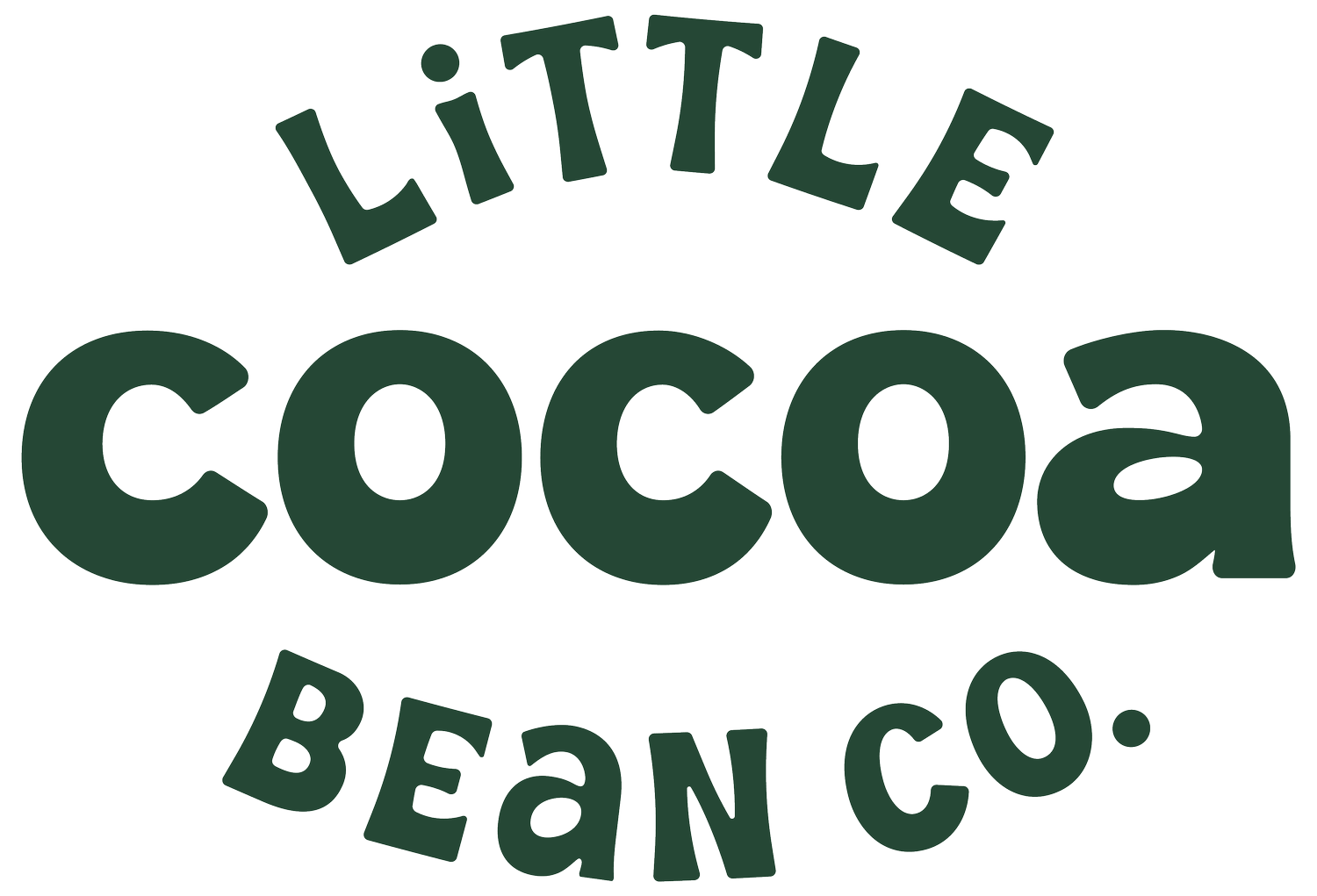Who Makes the Food Rules?
When Sophia was six months old, I signed her up for swimming lessons. Six month olds don’t swim (just in case you’re wondering). They can barely sit without assistance. But, I thought it would be fun to see her in a cute little bathing suit and I was looking for things to do to get us out of the house. One day when I was feeding her one of my homemade ‘after swim meals’, another mom asked me what I’d made. I told her that I’d made a simple blend of plantain, yuca and chayote. She looked a little confused and then said, “Hmm...I’ve never heard of those foods. That's different.” Full disclosure, my husband and I happened to be the only people of color in the class. I wasn’t totally surprised that she hadn’t heard of my ingredients but to call them “different”. I mean, what makes them so different? People all over the world eat cassava (aka yuca) chayote and plantain. It got me thinking. Who gets to decide what’s normal to feed a baby and what’s different. What’s so special about carrots, peaches and apples for example? Don’t get me wrong, I really like carrots, peaches and apples but why are those foods and the other baby food staples, the chosen few? Eurocentric ingredients and cuisines have been the standard for so long. But, many foods that are native to other parts of the world are rich in flavor and nutrient dense--especially those that grow in tropical climates. Why must a restaurateur on a backpacking food tour “discover” and label something a “superfood” before it’s decided that it’s not different to eat it? We’re here to change the standard. We’re proudly repping our culture and saying that this is the new normal.


